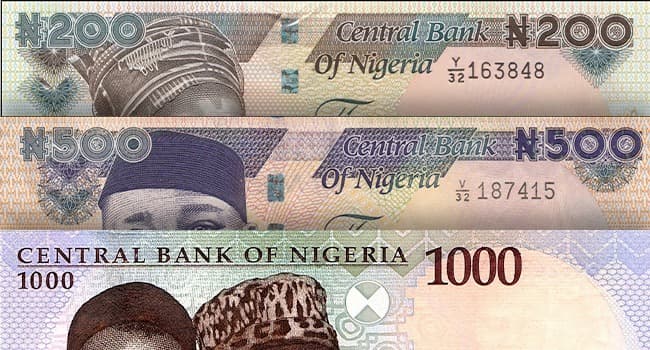The Nigerian naira rose on Monday, despite an occasional halt in the market’s foreign currency demand pressures, the amount of transactions completed at the Investors and Exporters FX window improved, indicating that seasonal demand is reducing.
According to FDMQ over-the-counter (OTC) FX statistics, the local currency gained 2.43% versus the dominating currency – the US Dollar – in the Investors and Exporter Window, ending at N756.94. On Friday, dealers reported that the currency rate had concluded at N775.76 per US dollar. In weekly comparison, the local currency gained 26 basis points before closing at N775.76 in the official window.
Across the FX market last week, Naira traded within a similar band to the previous week. At the Investors & Exporters Window, activity level improved by 8.3% to $421.6 million last week, leading to a 0.3% appreciation of the price currency by 0.3%.
Trades were consummated at the official market for investors and exporters within the N650.00 – N869.00 per US dollar. In its market update, Afrinvest noted that the spread between both FX rates continued to thin though the spread of the weekly average rose by 60.6% to ₦89.02.
In the parallel market, the Naira lost 0.35% against the US dollar, reaching N870 as foreign reserves continue to decline amidst low accretion from crude oil exports. Data from the CBN showed that Nigeria’s FX reserve declined by US$19.20 million to US$33.95 billion.
Meanwhile, Brent crude rose 0.67% to $84.98 per barrel, while WTI crude gained 0.99% to $81.38 per barrel. Oil futures were higher on Monday as supply constraints outweighed expectations for lower energy demand
Elsewhere, the central parity rate of the Chinese currency renminbi, or the yuan, strengthened 33 pips to 7.1305 against the dollar on Monday, according to the China Foreign Exchange Trade System. In China’s spot foreign exchange market, the yuan is allowed to rise or fall by two per cent from the central parity rate each trading day.
The central parity rate of the yuan against the dollar is based on a weighted average of prices offered by market makers before the opening of the interbank market each business day.
Analysts at Cordros Capital Limited said they expect the currency pressures to remain intact in the near term, given seasonal-induced demand and still frail FX supply despite the CBN’s abolishment of its multiple FX windows.














